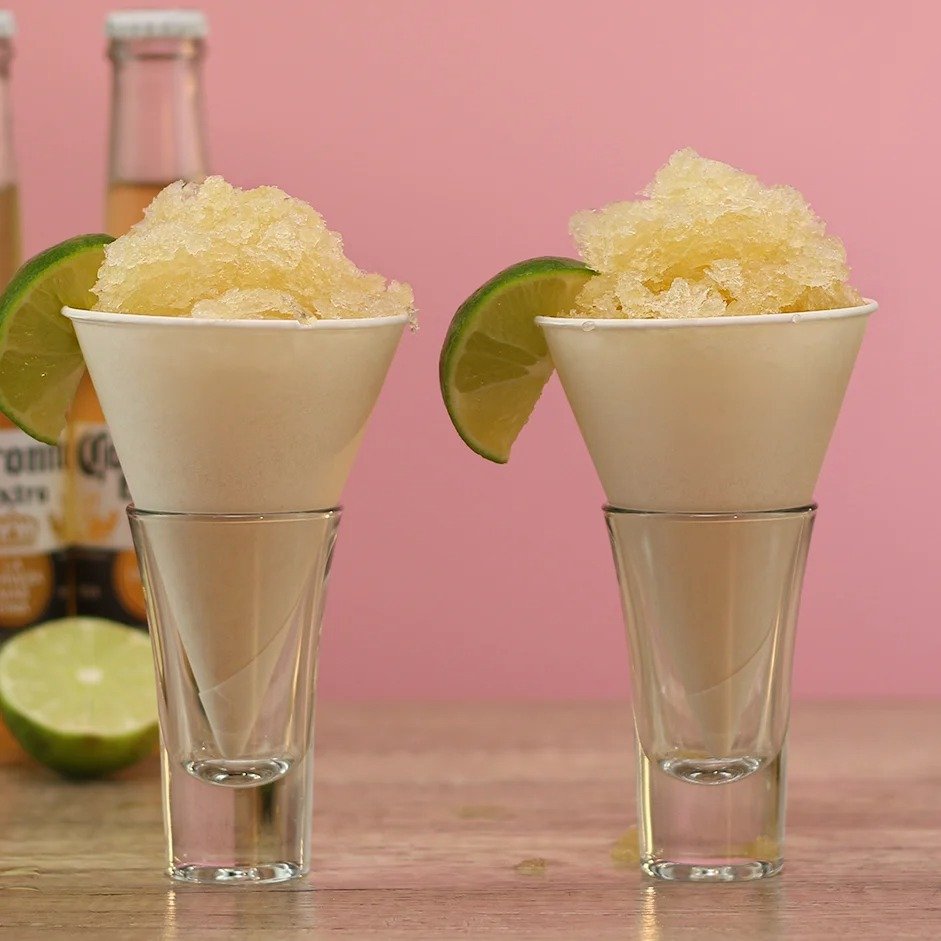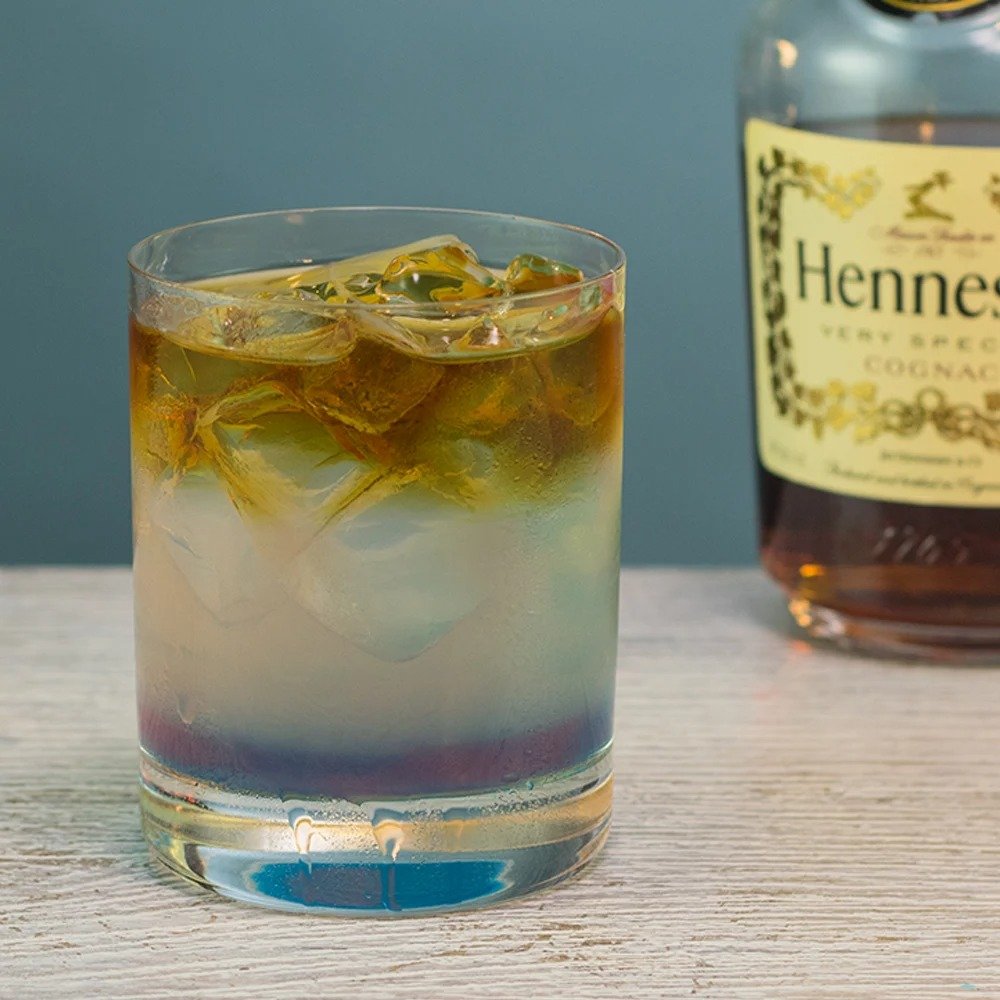
The Ultimate Liqueurs Guide: Everything You Need to Know!
WELCOME TO LIQUEURS
You've sipped on plenty of cocktails that call for something like Kahlúa, sambuca or triple sec in their recipes, right? You've maybe even swigged something like Peach Schnapps or Island Punch Pucker on its own on a dare or just 'cause you were in high school and didn't know what you were stealing out of your parents' liquor cabinets. But do you actually know what liqueurs are? Do you?! 'Cause if you're going to be an excellent home bartender it's crucial you stuff all the liqueur knowledge you possibly can into your brains. Not only will an expansive liqueur knowledge help you to be a better bartender, it'll also help you further explore cool stuff like digestifs.WHAT ARE LIQUEURS?
First up we need to know exactly what liqueurs are. And if you're thinking they're just sweetened liquors, then you are absolutely wr—err OK, you're kind of half right. According to the all-knowing internet organism that is Wikipedia, "A liqueur [which is a name derived from the Latin word liquefacere meaning "to make liquid"]... is an alcoholic beverage made from a distilled spirit flavored with either fruit, cream, herbs, spices, flowers or nuts, and... bottled with added sugars and other sweeteners, (such as high-fructose corn syrup)." The liqueurs wiki goes on to note that liqueurs are typically (although not always) sweet thanks to their added sugars, and are generally not aged for any significant period of time. OK, that's all well and fine, but what exactly is a liqueur in layman's terms? Basically it's just a distilled spirit — an alcohol that's been fermented from some organic base like wheat or grapes or molasses and distilled to up its alcohol by volume (ABV) — that's had cream, spices, herbs, nuts, or fruits plus some sugars or sweeteners added to create a particular flavor profile. For example, American schnapps is made by mixing a neutral grain spirit (basically vodka) with fruit syrup, spices, and/or other flavors.A VERY (VERY) BRIEF HISTORY OF LIQUEURS
In terms of the history of liqueurs, like a few other boozy beverages out there, it all started with attempts at making herbal medicines; this time in 13th century Italy, where the first liqueur (more or less) was made by monks. The liqueur the Italian monks made was Green Chartreuse, which contained over 130 herbs and spices, and was so successful as a drink that it's still being made today.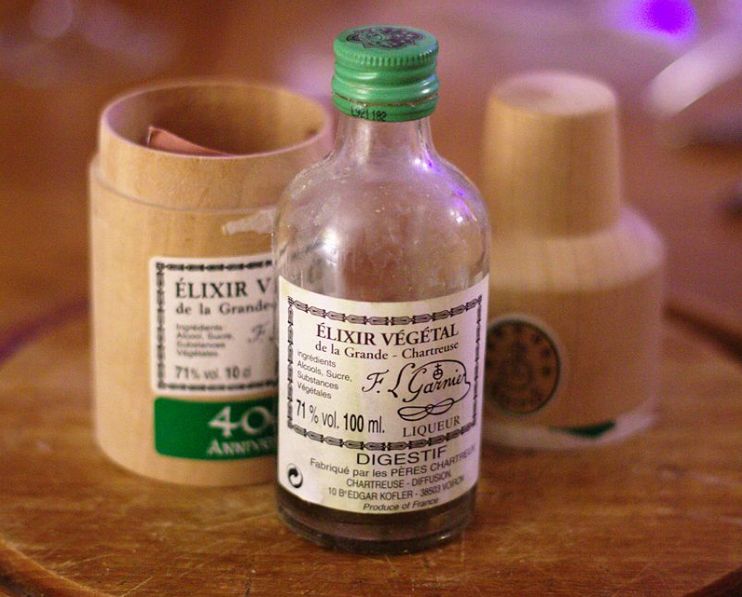
A bottle of 71% ABV Green Chartreuse in a medicinal bottle. Image: Wikimedia / Zephyris
After that first discovery/creation, as trade routes began to open up across the world over the following centuries, the variety of spices, herbs, and other ingredients being infused into distilled liquor began to expand significantly. These liquor infusions became so popular many households in Europe even had their own distilleries and personal liqueur-related recipes. The endlessly expanding portfolio of liqueurs would go on to be used as cures for stomach ailments as well as analgesics for various types of pain, and would eventually become truly fashionable thanks to Catherine de Medici (the queen of France from 1547 to 1559) introducing a culture of liqueur appreciation to the French Court. Although there's a gap of a few centuries between Catherine de Medici and current day, aside from the few historical highlights noted above, there isn't much else you need to know about the history of liqueurs. At least not for the purposes of impressing people with your knowledge at friend gatherings or bars.
A portrait of Catherine de Medici. Image: Wikimedia / Creative Commons
Finally, regarding liqueurs worldwide popularity right now, things are looking good thanks to mixologists and bartenders experimenting with the sweetened distilled spirits in all kinds of crazy cocktails. But we'll dive deeper into where liqueurs are at now and where they're going in the future in the Future of Liqueurs section below.WHAT'S THE DIFFERENCE BETWEEN A LIQUEUR AND A LIQUOR?
Alright, you've probably already figured out what the differences are between liqueurs and liquor, but in case it's not totally obvious yet, here are the two main points separating the two categories of booze: 1. On average liquors tend to have much higher alcohol by volume (ABV) percentages than liqueurs do. For example, whiskey has an ABV of around 45% on average and vodka around 40%, while Schnapps and Kahlúa have on average about 15-20%. (Note that there are exceptions to this, with some liqueurs having an ABV of 50 or even 55%.) 2. Liqueurs must have added sugars and sweeteners while liquors don't This makes liqueurs, on average, far sweeter and more syrupy than liquors. In fact, according to the U.S. legal definition of liqueurs, they must be made up of at least 2.5% (by weight) of flavoring and sweeteners.HOW LIQUEURS ARE MADE
When it comes to how liqueurs are made, despite the fact they're made from various liquors, the real relevant stuff happens when said liquors are infused with outside flavors and sweeteners. In terms of how liqueurs become infused with their signature flavors — which stem from the aforementioned sources including spices, herbs, nuts, etc. — that boils down to the four following methods:MACERATION
Maceration is the process by which raw materials such as various fruits, botanicals, cocoa beans, etc. are soaked in a particular distilled alcohol for anywhere from days to years until the spirit absorbs the flavors of whatever is being soaked. The resultant flavored liquor is called a "tincture" and will officially become a liqueur once a sweetener has been added.INFUSION
Infusion is similar to maceration except the distilled spirit that the ingredients are being soaked in is heated for several days in order to more quickly absorb flavors. Because this method is faster than maceration, it tends to be cheaper and make for cheaper liqueurs.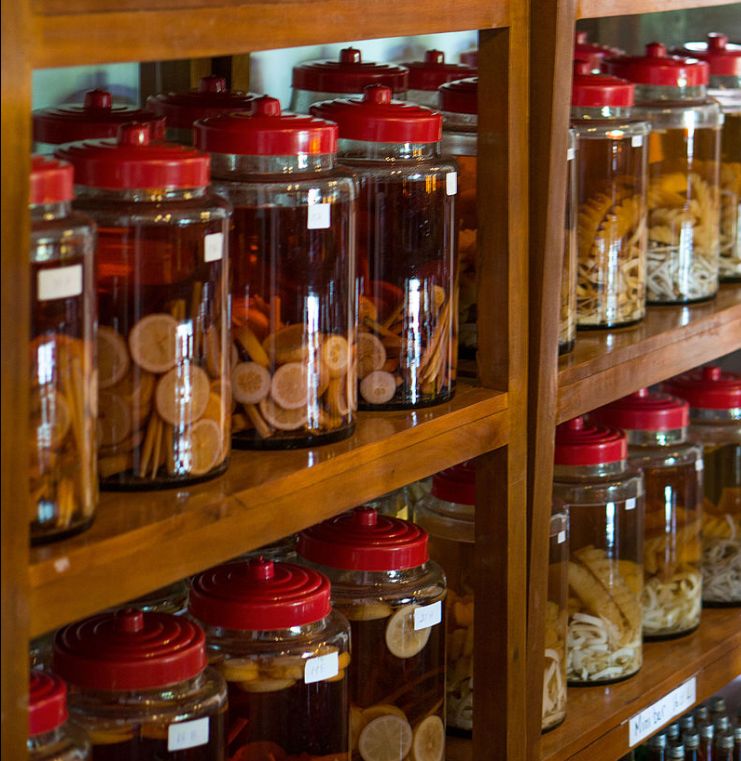
Homemade liqueurs being made via cold alcohol infusion (flavor infusers left to sit in alcohol). Image: Wikimedia / Sepakam Sombai
PERCOLATION
Percolation is a process that can be done with heated or non-heated alcohol and is very similar to the process of making coffee with a percolator. Basically the base distilled spirit is pumped up through a tube that's connected to the top of a giant tank (usually the tube and and tank are made out of some kind of metal). Inside of the giant tank, toward its top portion, is a basket full of the ingredients that will flavor the alcohol. As the alcohol passes through the basket full of some type of flavorful ingredient, the alcohol picks of the flavors of the ingredient and then collects at the bottom of the tank. This newly flavored alcohol collected at the bottom of the tank is referred to as "extract."DISTILLATION
Distillation is a process that takes place inside of stills (usually pot stills) when the flavor-adding ingredients are mixed with the base distilled spirit and then heated from outside of the still — this is pretty much the same process as heating water in a pot. As the flavor ingredient/alcohol mix inside the still is heated, it races up the neck of the still, leaving behind water as well as impurities that can negatively affect flavor. The liquid that races up the necks of the stills is eventually re-collected once it has cooled and condensed back into a liquid.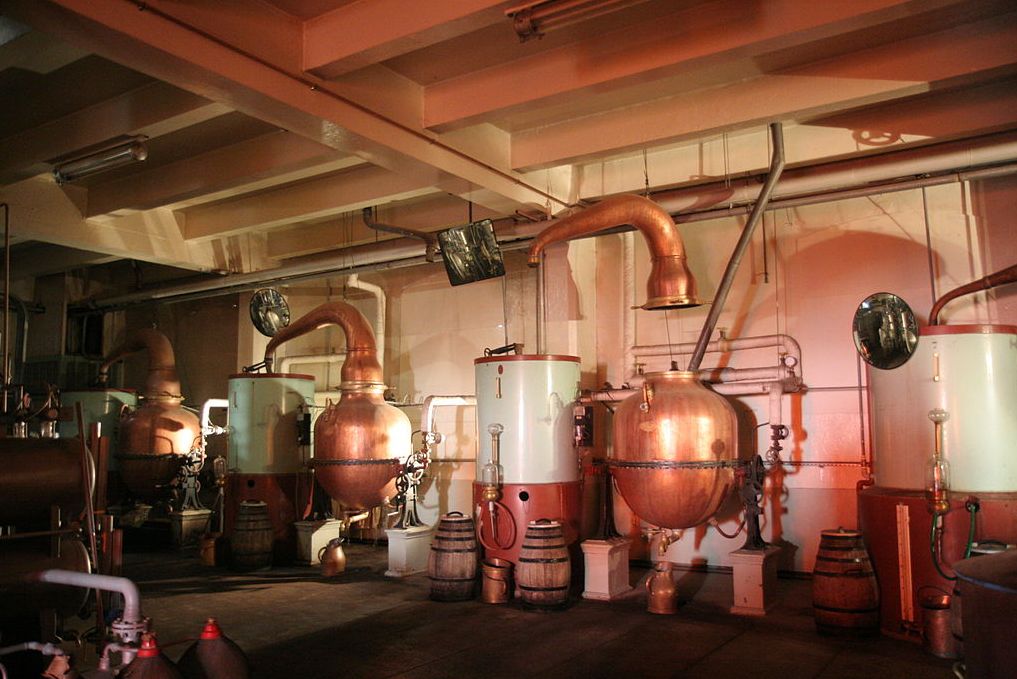
Old-style pot stills used for making Chartreuse (no longer in use). Image: Wikimedia / David Monniaux
FINISHING THE LIQUEURS
Once a particular base distilled spirit has been infused with flavors from an outside organic material, it's then time for the next (optional) step: barrel aging. The process of barrel aging liqueurs aims to achieve the same result as that of aging any other liquor like whiskey or tequila. The barrels help to "mellow out" the flavored spirit by supplying it with new flavor molecules such as tannins. The barrels can also absorb molecules that cause impurities in the flavored spirit. Once the liqueurs have been aged — if they've been aged — it's then time to add the sweeteners like honey and straight-up sugar. And now, ladies and gentlemen, you have yourself what can officially be referred to as a liqueur. After the optional barrel aging and non-optional addition of a sweetener, the liqueurs are further refined to eliminate impurities. After that, optional vegetable dyes are added to achieve a particular color, and then bang, the liqueurs are ready to be bottled!THE MOST COMMON LIQUEURS OUT THERE
At this point you know what liqueurs are, where they come from, and how they're made, which means it's now time to learn about all the different types of liqueurs out there. Or at least most of the popular ones — there are tons and tons of liqueurs on the market, after all. For the sake of simplicity however, here are the top 26 liqueurs you'll likely find on store shelves.Spice/Herbs/Florals
Chartreuse - Chartreuse is an aged Italian liqueur made with 130 herbs, plants and flowers. Chartreuse gives its name to the color chartreuse, and is one of the few liqueurs that continues to age and improve in the bottle.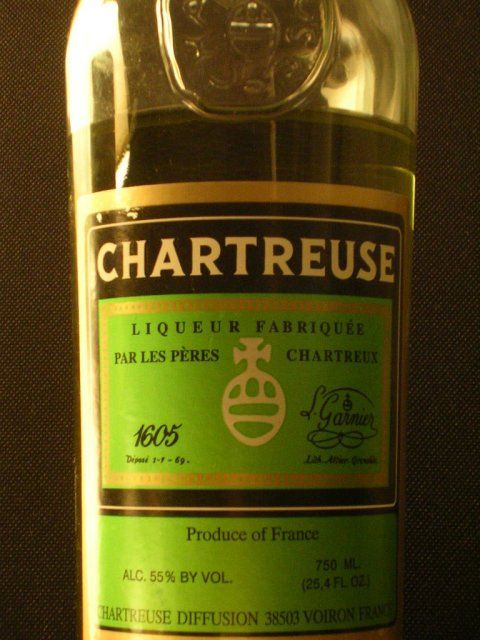
A bottle of Green Chartreuse. Image: Wikimedia / Jarv
Anisette - a colorless, anise-flavored liqueur consumed in many Mediterranean countries. Drambuie - a gold-colored liqueur made with Scotch whisky mixed with honey, herbs, and spices. Crème de Violette - a liqueur with natural and/or artificial violet flower coloring and flavoring. It uses either a neutral grain spirit base, a brandy base, or a combination of the two. Benedictine - Benedictine is a liqueur that uses 27 herbs and spices including Angelica, hyssop, juniper, myrrh, saffron, and mace. Galliano - a sweet, Italian, herbal liqueur that has a vanilla-anise flavor profile and subtle citrus and woodsy herbal undertones. Fireball - a 33% ABV mixture of whisky, cinnamon flavoring and sweeteners. Yes, people, Fireball is not actually whiskey, it's a whiskey liqueur.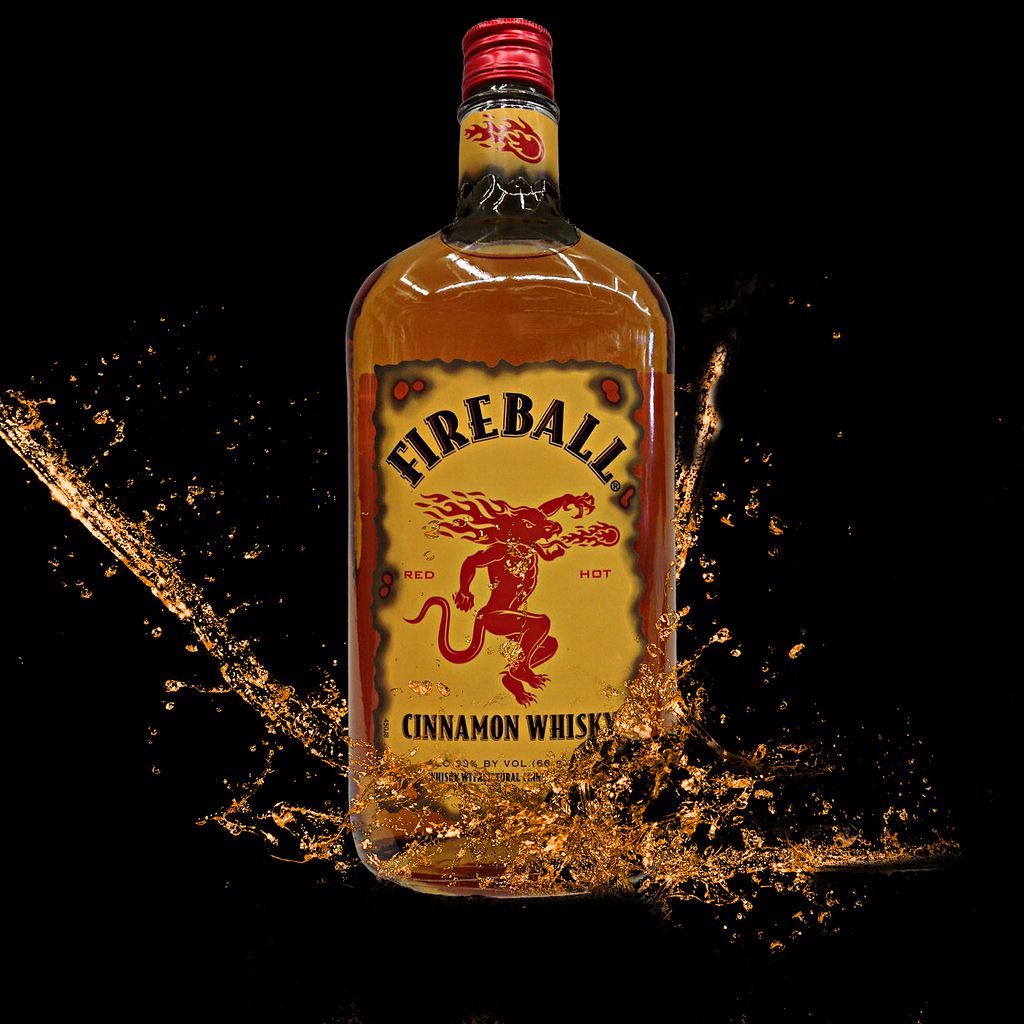
A bottle of Fireball. Image: Flickr / Shea Huening
Goldschlager - a Swiss cinnamon schnapps with very thin, yet visible flakes of gold floating in it.Coffee, Chocolate, Nuts
Bailey's Irish Cream - an Irish whiskey and cream-based liqueur made by Diageo that comes in multiple variations including Bailey's Coffee Irish Cream, Bailey's Hazelnut, and Bailey's Mint Chocolate Irish Cream.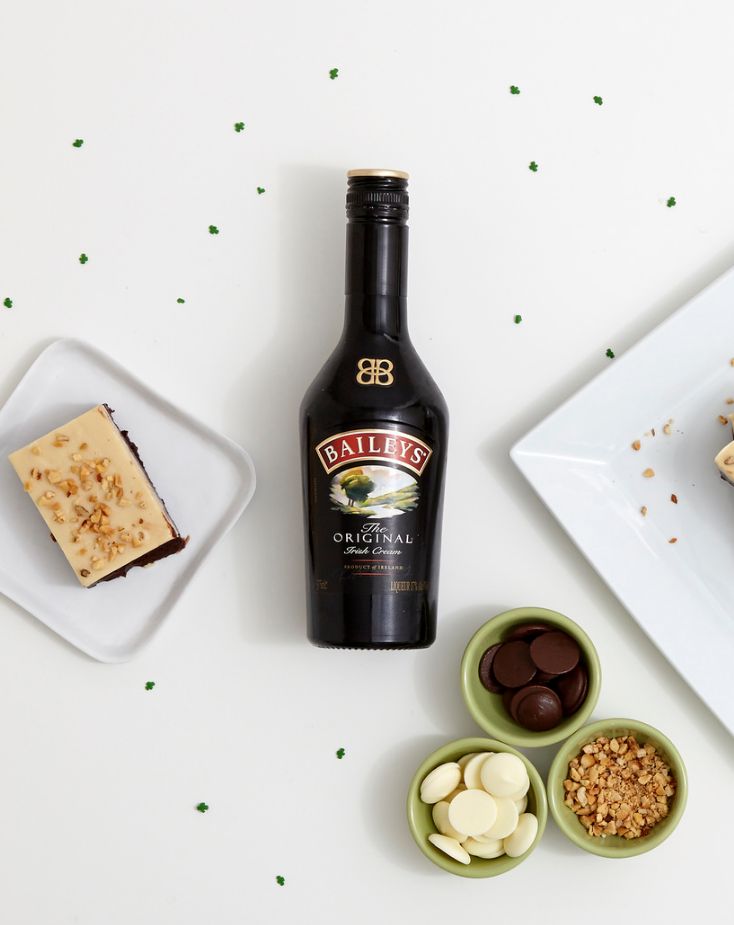
A bottle of Bailey's Irish Cream. Image: Flickr / Shari's Berries
Crème de Cacao - a sweet chocolate bean-flavored liqueur often laced with the scent of vanilla. It comes in two varieties, including dark and white, and is typically used in mocha- and coffee-flavored drinks. Crème de Cacao also works well as a syrup poured over desserts like ice cream. Frangelico - an Italian liqueur flavored with hazelnut and herbs and colored with caramel coloring. Amaretto - a sweet Italian liqueur flavored with a base of apricot pits, peach pits, or almonds. Amaretto is versatile, and works well in cocktails and coffee, as well as many culinary dishes. Kahlúa - a coffee-flavored liqueur from Mexico. Kahlúa contains rum, sugar, vanilla bean, and arabica coffee and works as an after-dinner drink, in cocktails, or as a topping for ice cream, cakes, and cheesecakes.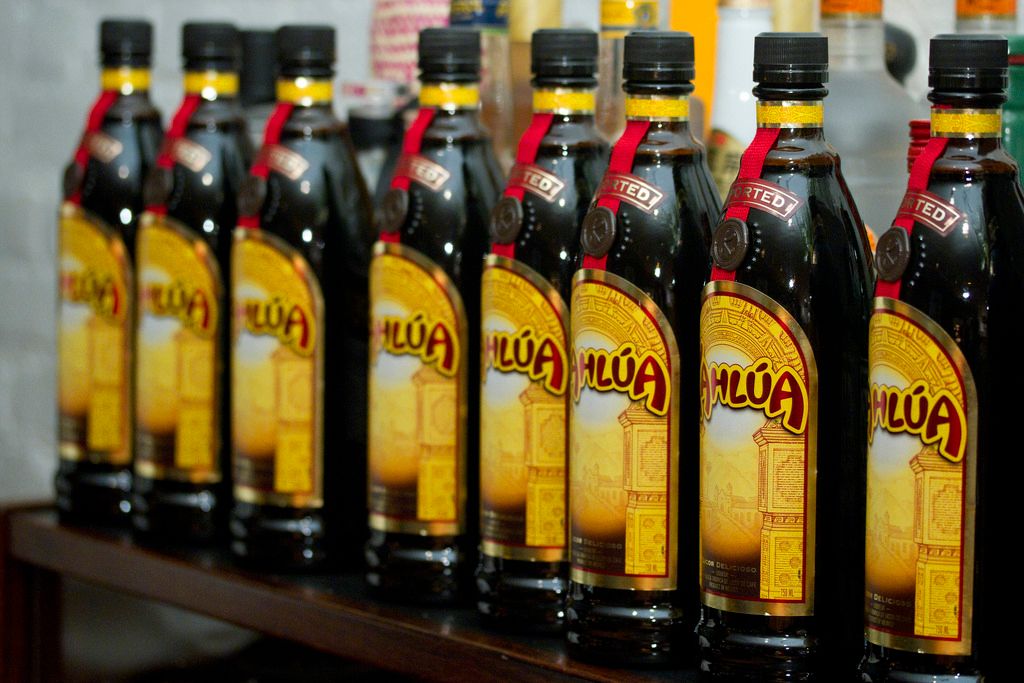
Bottles of Kahlúa. Image: Flickr / alyssalaurel
Licorice
Jägermeister - a German, licorice-flavored digestif made with 56 herbs and spices. Jägermeister is well known as one of the two ingredients in a bomb shot called the Jägerbomb, where a shot glass full of Jägermeister is dropped into a glass partially filled with Red Bull energy drink. Sambuca - an Italian anise-flavored liqueur that's usually colorless. Sambuca goes particularly well with coffee-flavored cocktails, but can also be served neat or on the rocks.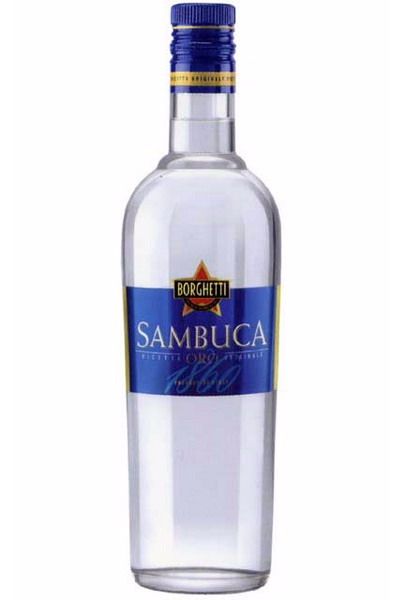
A bottle of Sambuca. Image: Wikimedia / Luckyboy
Citrus
Grand Marnier - a liqueur made from a blend of Cognac, distilled essence of bitter orange, and sugar. Grand Marnier works well in cocktails as well as an ingredient in culinary dishes. It can also be used as an alternative to Cointreau or triple sec. Cointreau - is a brand of triple sec drunk as an apéritif and digestif. It is also used in many classic cocktails such as the margarita and the cosmopolitan. Limoncello an Italian lemon liqueur mainly produced in Southern Italy. It is traditionally served chilled as an after-dinner digestivo.
A bottle of limoncello. Image: Wikimedia / Castle Brands Inc.
Curaçao - a liqueur flavored with the dried peel of the Laraha citrus fruit, grown on the island of Curaçao. Curaçao has an orange-like flavor with varying degrees of bitterness, and gains its blue hue from artificial coloring. Curaçao is typically used exclusively in mixed drinks. Triple Sec - originally "Curaçao triple sec," triple sec is a sweet, strong, colorless, orange-flavored liqueur made from the dried peels of oranges. Triple sec is often served neat or as a digestif, although it shows up in tons of popular cocktails including sangria, the margarita, the Kamikaze, etc.Fruit
Luxard Maraschino - a liqueur obtained from the distillation of Marasca cherries. Crème de Cassis - is a sweet, dark red liqueur made from blackcurrants. Crème de Cassis is often served neat as an after-dinner drink, as a frappé, or in cocktails. Cherry Heering - a popular cherry-flavored liqueur that's used in many cocktails including the Singapore Sling and the Blood and Sand. Cherry Heering has a royal red color and can be used as a substitute for maraschino. Midori - Midori (which is Japanese for "green") is a sweet, bright green-coloured, muskmelon-flavored liqueur made by Suntory in Japan. Midori is not usually served neat, although it's used frequently in cocktails. It's often mixed with sour ingredients to balance out its sweetness.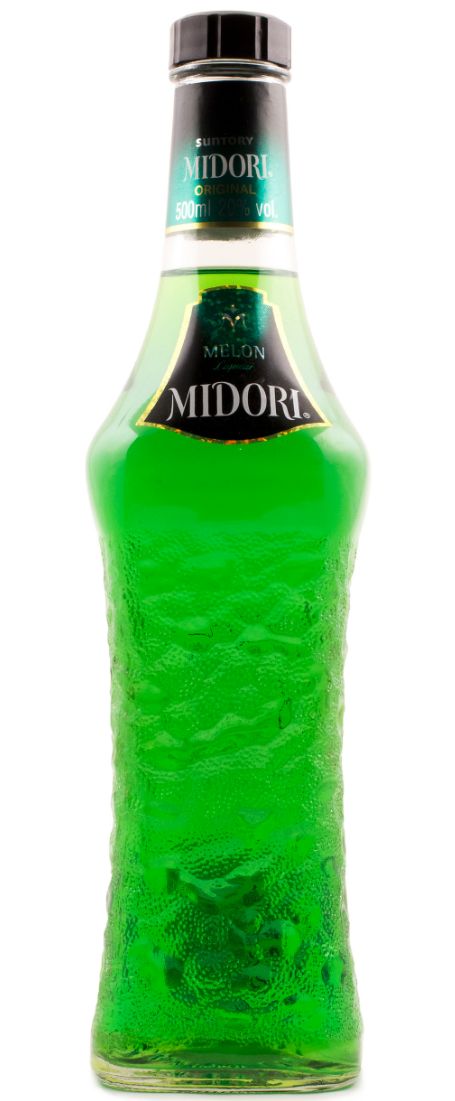
A bottle of Midori liqueur. Image: Wikimedia / Andreas Argirakis
Sloe Gin - a red liqueur made with gin and sloe stone fruits, which are relatives of the plum. Chambord - a French raspberry liqueur that's made from red and black raspberries, Madagascar vanilla, Moroccan citrus peel, honey and cognac.SIDE NOTE: CRÈME VERSUS CREAM, WHAT'S THE DIFFERENCE?
One more note to keep in mind when it comes to properly categorizing liqueurs has to do with the difference between "cream liqueurs" and "crème liqueurs." You're probably telling yourself that they're basically the same thing, especially since the French word for cream is literally crème. But in this instance your logic has failed you, because the two types of liqueurs are indeed different. Cream liqueurs, like Bailey's Irish Cream or RumChata, contain dairy cream. Crème liqueurs, like crème de menthe and crème de cacao, on the other hand, do not contain any cream. Crème liqueurs also have more sugar and a thicker consistency than other liqueurs.HOW TO DRINK LIQUEURS
You now know what liqueurs are, how they're made, where they come from, and all of their different categories, which means it's time to get to the fun stuff: how to drink liqueurs like a veteran bartender. Luckily, liqueurs are super versatile, which means that they can be enjoyed in pretty much any way you can think of — at least any way that you can think of that involves putting the liqueur in your mouth. The liqueurs you'll definitely want in your home bar, as well as the main four ways liqueurs are usually served, are listed below:THE LIQUEURS YOU DEFINITELY WANT TO HAVE IN YOUR HOME BAR
OK, this is going to seem like a long (and kind of expensive) list of liqueurs you'll want to have, but remember you don't need to rush out and buy all of these simultaneously. As with any hobby, it'll take you a while to build up your collection, and even with only a small handful of these on deck you'll still be able to experiment with tons of different recipes. Essential liqueurs for your home bar are: 1. Campari 2. Cointreau 3. Luxardo Maraschino 4. St. Germain 5. Green Chartreuse 6. Drambuie 7. Amaretto 8. Aperol 9. Triple Sec 10. Curaçao 11. Grand Marnier 12. Bailey's Irish Cream (various flavors) 13. Kahlúa 14. Frangelico 15. Cherry Heering 16. Pucker (various flavors) 17. Crème de cacao 18. Schnapps (various flavors) 19. RumChataDRINK LIQUEURS NEAT/OVER ICE
While some of you may think that liqueurs are too sweet, creamy, or garishly colorful to be drunk neat, it turns out that many liqueurs are indeed perfectly suitable as drinks served neat or on the rocks. Some of the best liqueurs to drink neat or on the rocks are Midori, Crème de Cassis, triple sec, sambuca, limoncello, and Chartreuse. Oh, and for all of you 21+ college kids out there, yeah, you can do shots of Fireball or Jägermeister too and that would technically count as being drunk "neat."MIX LIQUEURS INTO COCKTAILS
Mixing liqueurs into cocktails is by the far the largest slice of the what-you-can-do-with-liqueurs pie. Liqueurs are in an enormous number of classic cocktails, including the Aviation, the B52, the Kamikaze, the Lemon Drop, the Sex on the Beach, the margarita, the mai-tai, and about a million other famous cocktails. On top of being used in tons and tons of already established cocktails, liqueurs are also vital for whatever unique creations you plan on coming up with. This means that you'll want to make sure your home bar is stocked with all of the essentials — those listed above — that way you'll be good to go as you start experimenting.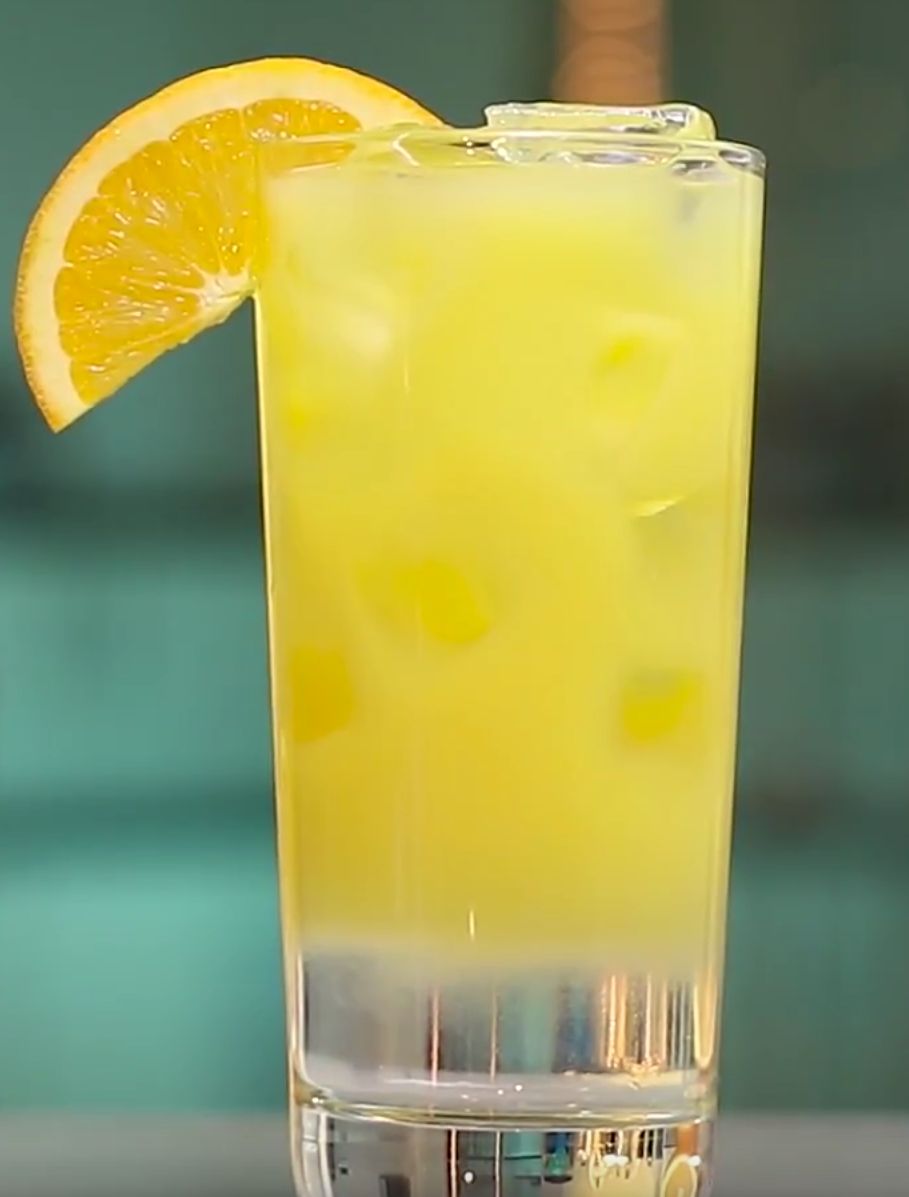
A fuzzy navel cocktail, which uses Peach Schnapps. Image: Tipsy Bartender
In general, liqueurs are particularly good at adding "layers" of flavor to a particular cocktail or base liquor. In other words, if used properly, a liqueur shouldn't mask a liquor's flavor, but should instead boost or highlight it with complimentary flavors. Liqueurs also help to up the ABV of a cocktail without the need for a second liquor, which, again, can help maintain a good, well-balanced flavor profile. Liqueurs are also versatile enough that they work in extremely simple recipes. For example, you can boozify your coffee simply by adding in some Frangelico, Kahlúa, Amaretto, Bailey's Irish Cream, or Butterscotch Schnapps. Just two ingredients — coffee and a liqueur — and bang, you're good to go!USE LIQUEURS TO MAKE GOOD FOOD
Liqueurs aren't only great in tons of cocktails though; they're also amazing in tons of different culinary recipes, both complex and simple. Some of the best recipes include: 1. Bailey’s Brownies: Replace the oil in a boxed brownie mix recipe with Irish Cream and bang, you're good to go!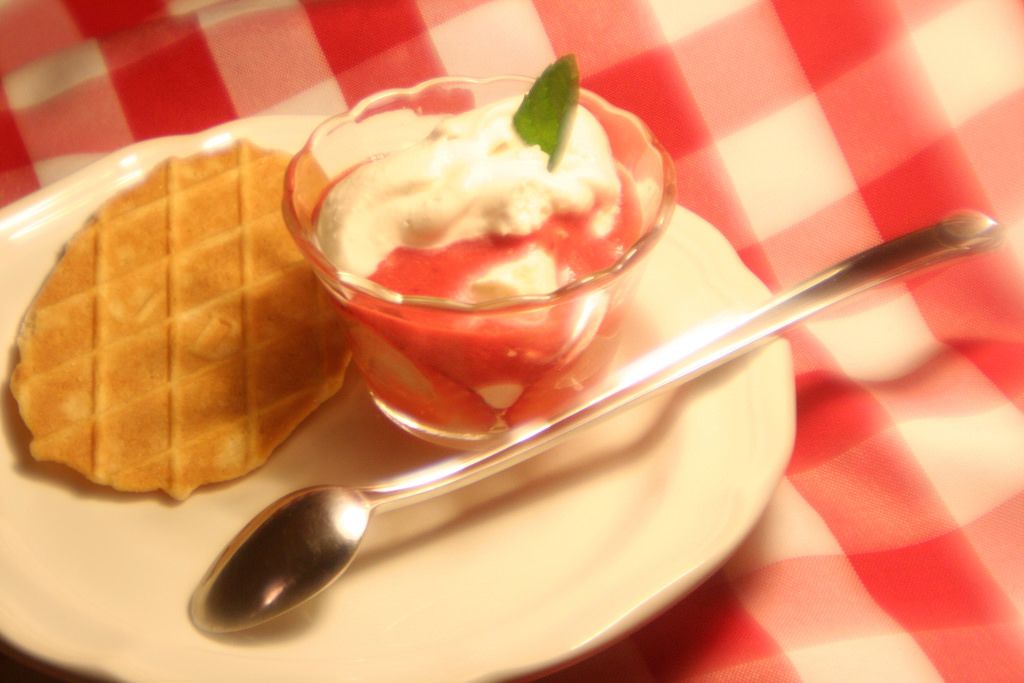
A Chambord-infused strawberry parfait. Image: Flickr / Brianna Privett
9. Chambord Coulis: Puree a half-pint of raspberries with a few tablespoons of Chambord, then pass the mix through a mesh strainer. Next, spoon onto dessert plates then add small angel food cakes. Garnish with raspberries. 10. Campari Sundaes: Pour about an ounce of Campari over vanilla ice cream. Top with an optional sprinkle of lemon zest.HOW TO STORE LIQUEURS
When it comes to storing liqueurs there are a surprisingly large amount of guidelines that you'll want to consider — many liqueurs have cream in them, after all, so they can't just be stored in a cool, dry place after they've been opened. Making your own liqueurs can also be a much riskier venture than simply buying liqueurs at the store, so they'll require extra special treatment. As far as some general rules of thumb, we have the following five tips to help you keep your liqueurs fresh and drinkable for as long as possible.
Some properly stored (non cream-based) liqueurs. Image: Tipsy Bartender
1. Store liqueurs without cream in a cool, dark place, just as you would with any liquor. Keep in mind that the higher the ABV of the liqueur, the longer it will last. This is because alcohol is a stellar disinfectant and the more you have of it in the bottle, the more fungi and bacteria will have trouble growing. 2. Store cream-based liqueurs in the refrigerator! Yes, cream is dairy and yes, cream spoils. So with any liqueur that contains cream — like Bailey's Irish Cream or RumChata — make sure your cap or cork has the tightest seal possible and that it goes right in the fridge after being used. Also keep in mind that homemade cream liqueurs are likely to spoil a lot sooner than commercial liqueurs; this means that you generally won't want to keep a homemade liqueur in your refrigerator for more than a month.
Cream liqueurs stored properly in the refrigerator. Image: Tipsy Bartender
3. If your liqueur bottle is closed off with a cork, make sure the seal is airtight. Oxygen is the enemy of liqueurs (and really anything that can spoil for that matter) and one of the best ways to make sure oxygen can't get into the liqueur bottle is to make sure the cork or cap is properly sealed. On that same note, make sure that whatever glass bottle you're using to store your liqueur in isn't messed up in anyway as bottles with imperfections can contain holes that will let in oxygen. Also, make sure to keep your corks moist, as that will help improve the seal in the neck of the bottle — this can be done by storing your liqueurs on their side. 4. When your liqueurs start to fall apart or change state — if they don't smell right or change color — just go ahead and toss them in the trash; at that point it's already too late to drink them. 5. Finally, make sure you do a little taste test with any given liqueur before you use it. A very small taste won't get you sick even if the liqueur has gone bad, and it'll save you from potentially messing up your entire cocktail.THE FUTURE OF LIQUEURS
Finally, it's time to discuss the future of liqueurs, because they're crucial for any bartender and knowing where they're heading can put you one step ahead of the game. As far as what to expect from the liqueurs industry over the next few years, there are a few big developments that are worth getting excited over. These changes are broken down below, but generally we're talking about the introduction of a lot more low-sugar liqueurs, the development of liqueurs that accommodate people with special dietary restrictions, and overall market growth throughout the world.POSSIBLE EXPANSION OF LOW-SUGAR PRODUCT LINES
As many consumers become more and more health conscious and averse to sugar, the demand for low-sugar, low-calorie foods continues its unstoppable upswing. That fact, along with the possibility of sugary liqueurs being taxed in the same way that sugary sodas are now being taxed, means that the liqueur industry is going to start doing some serious R&D into low-sugar liqueur lines. It's hard to say exactly how this will play out, but you can expect to see many of the liqueurs that were previously loaded with sugar (somewhere around 100 grams of sugar per liter in some cases) to either become a lot less sugary, or be joined by a low-sugar line that aims to have the same flavor as the original. Thanks to the health consciousness trend there may also come a time when the U.S. government repeals its restriction on liqueurs saying that it ain't a liqueur unless it contains at least 2.5% sugar by weight.POSSIBLE EXPANSION OF SPECIALITY DIET PRODUCT LINES
Along with the introduction of low-sugar and/or low-calorie liqueurs, there's also likely to be a lot of expansion in the amount of liqueur lines offering diet-sensitive options. More and more people are tailoring their diets to eliminate things like gluten, dairy, or meat products, and the big industry leaders are likely to respond to these speciality diet restrictions with liqueurs that are tailored for each market. Again, it's hard to say exactly how this will play out, but odds are you'll be seeing a lot more liqueurs on shelves that are "dairy free," "gluten free," or free of just about anything else that somebody may be allergic and/or sensitive to.EXTENSIVE WORLDWIDE GROWTH
If you think the aforementioned changes in liqueur product lines are solely to appease specialty markets, then you're kind of half wrong and half right. The liqueur industry most definitely needs to please its market, but it also needs to grow, which is the second big reason you'll see lots of speciality liqueurs on shelves. The liqueurs market was valued at about $111 billion in 2016, but is projected to reach $131 billion by 2023. And the only way to achieve that kind of growth is to offer liqueurs that accommodate any and all speciality groups. This growth will also be highly dependent on the liqueurs industry's ability to penetrate markets in emerging countries, which is a task that just about all liquor industries are looking to tackle over the next few years.FIVE OUR FAVORITE DRINKS THAT USE LIQUEURS
1. BLUE LAGOON SHOTS 2. SCOOBY SNACK SHOTS 3. THE CHOCOLATE SIN COCKTAIL 4. BLUE HAWAIIAN 5. B52 SHOOTER 6. NAUGHTY NEOPOLITAN SHOTS 7. STRAWBERRY POP ROCKS KAMIKAZE 8. NUCLEAR HULK 9. SCOOBY SNACK JELLO SHOTS 10. IRISH COFFEE SHOTS
Independence Day Drinks
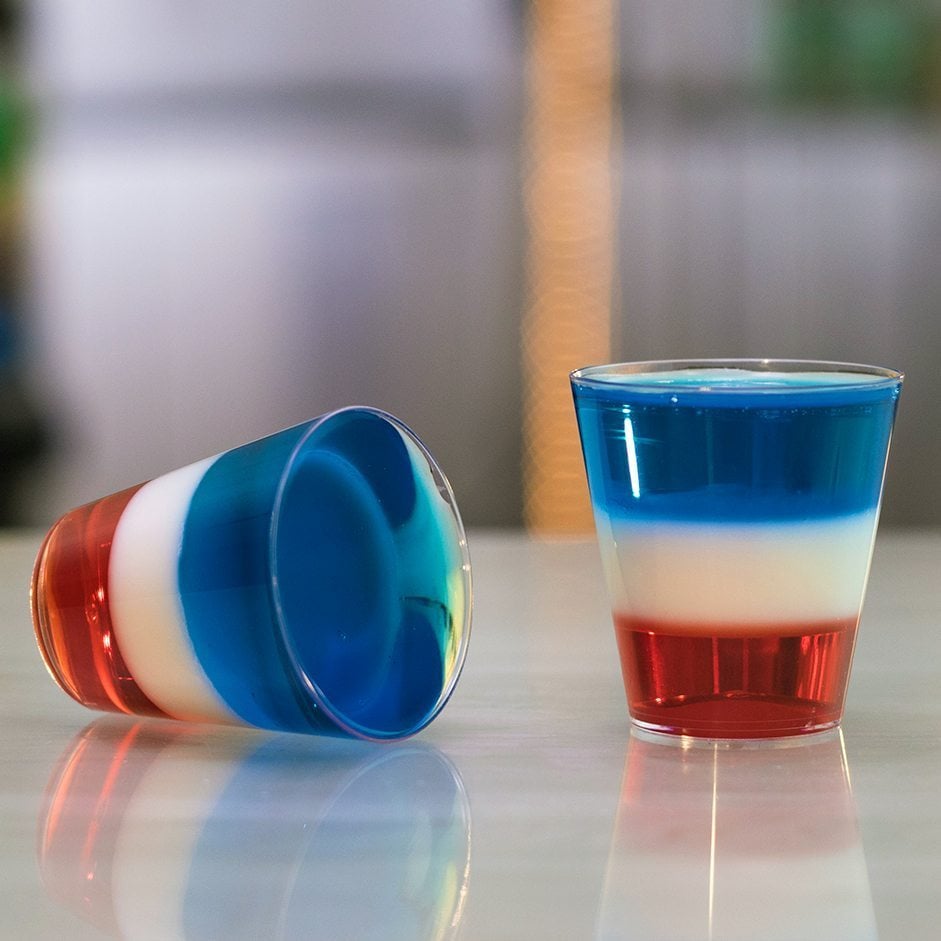
4th Of July All American Jello Shots

4th Of July Cake Vodka Milkshake

4th Of July Diversity Bomb Shot
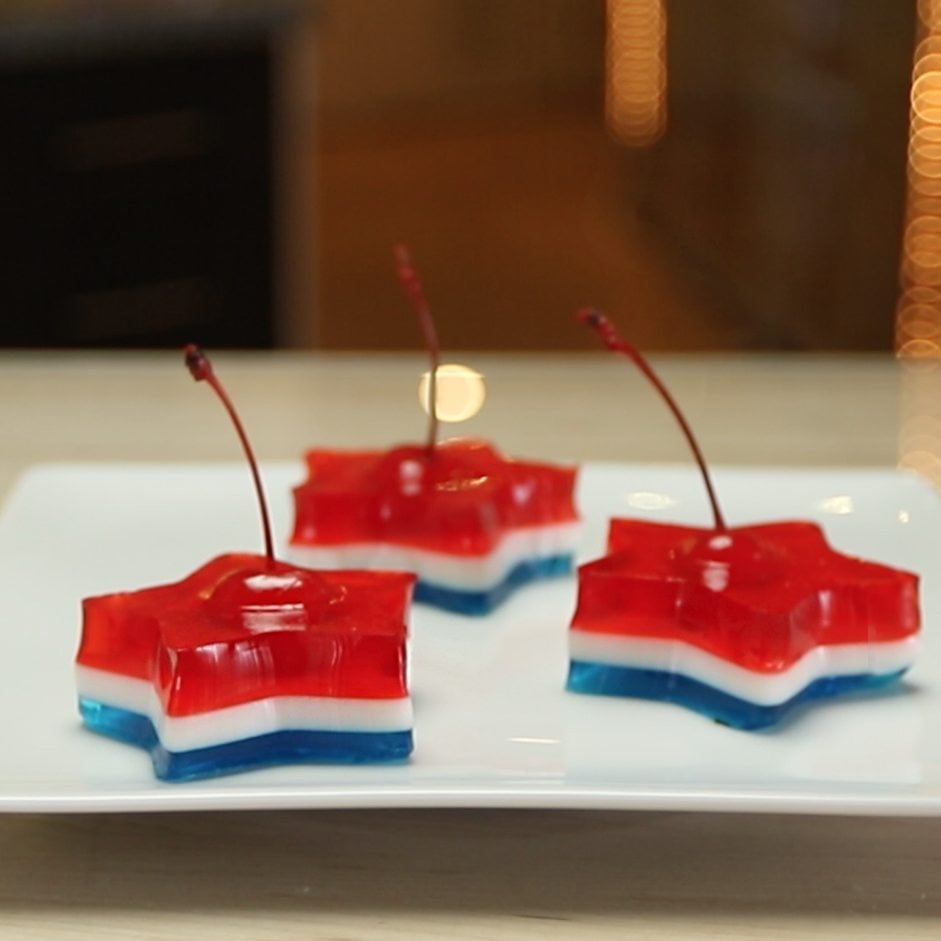
4th Of July Jello Shots
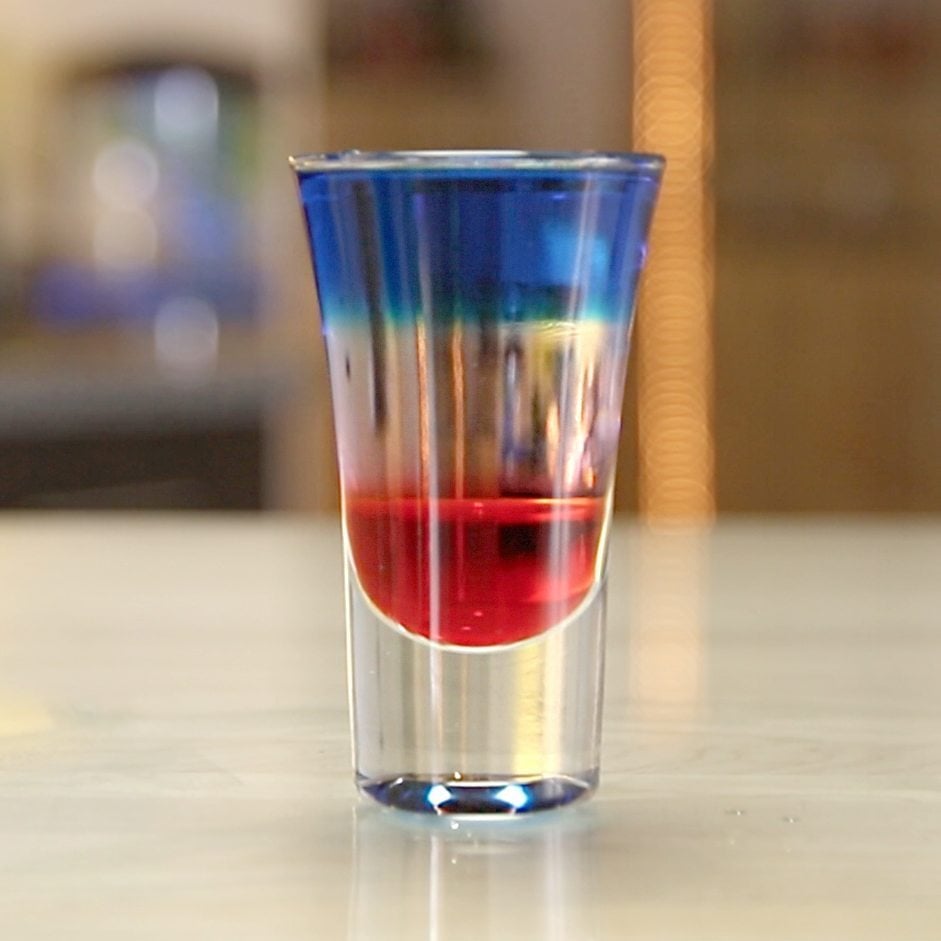
4th Of July Layered Shots
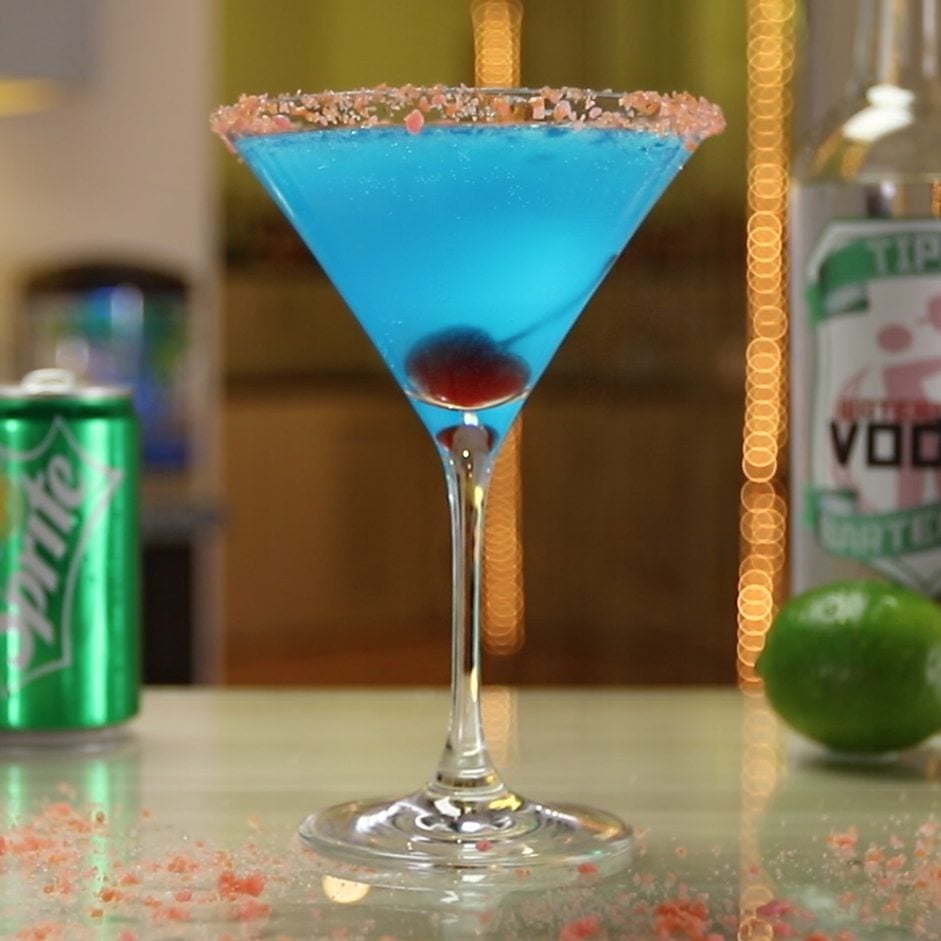
4th Of July Pop Rocks Martini
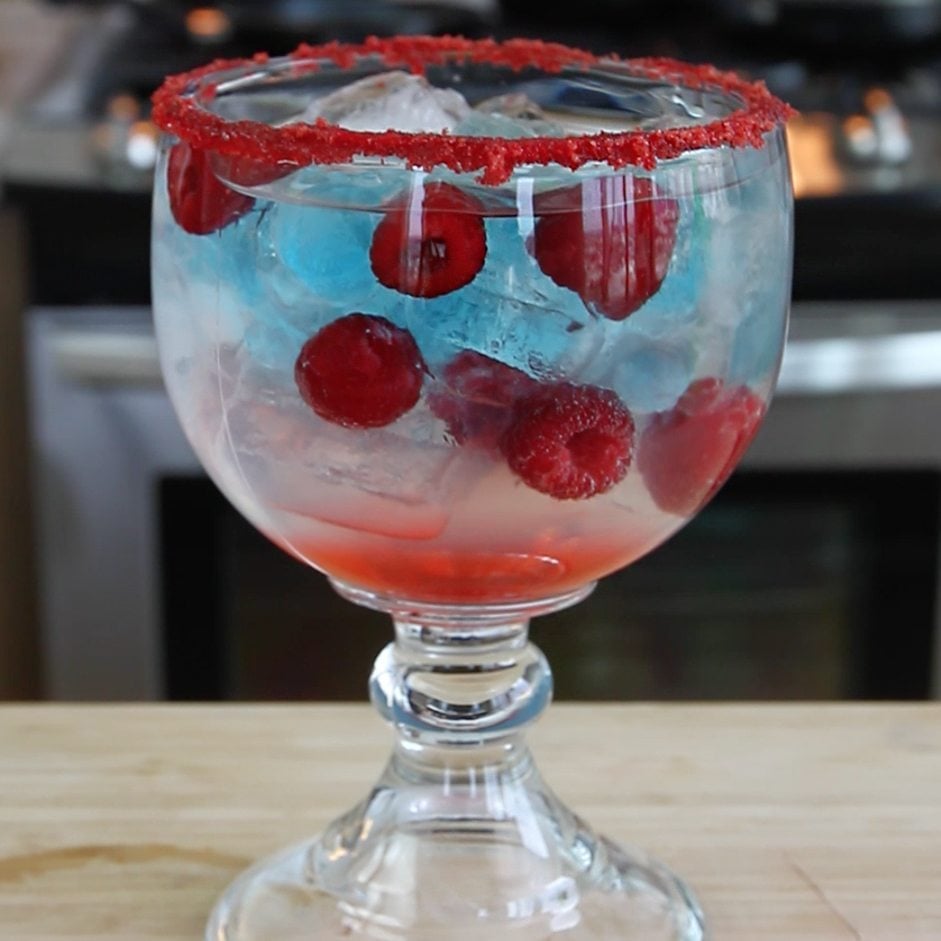
4th Of July Raspberry America

4th Of July Spiked Bomb Pops

4th July Popsicle Margarita
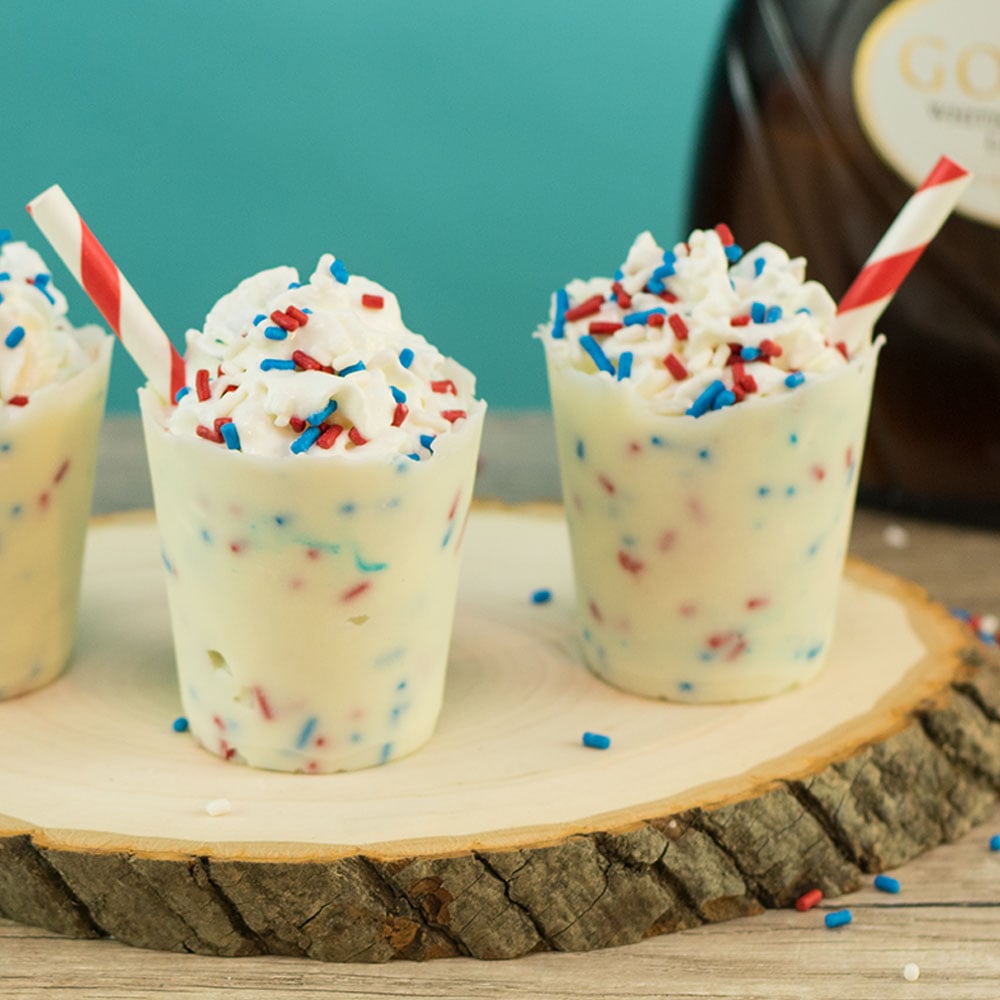
4th July Edible Shot Glasses
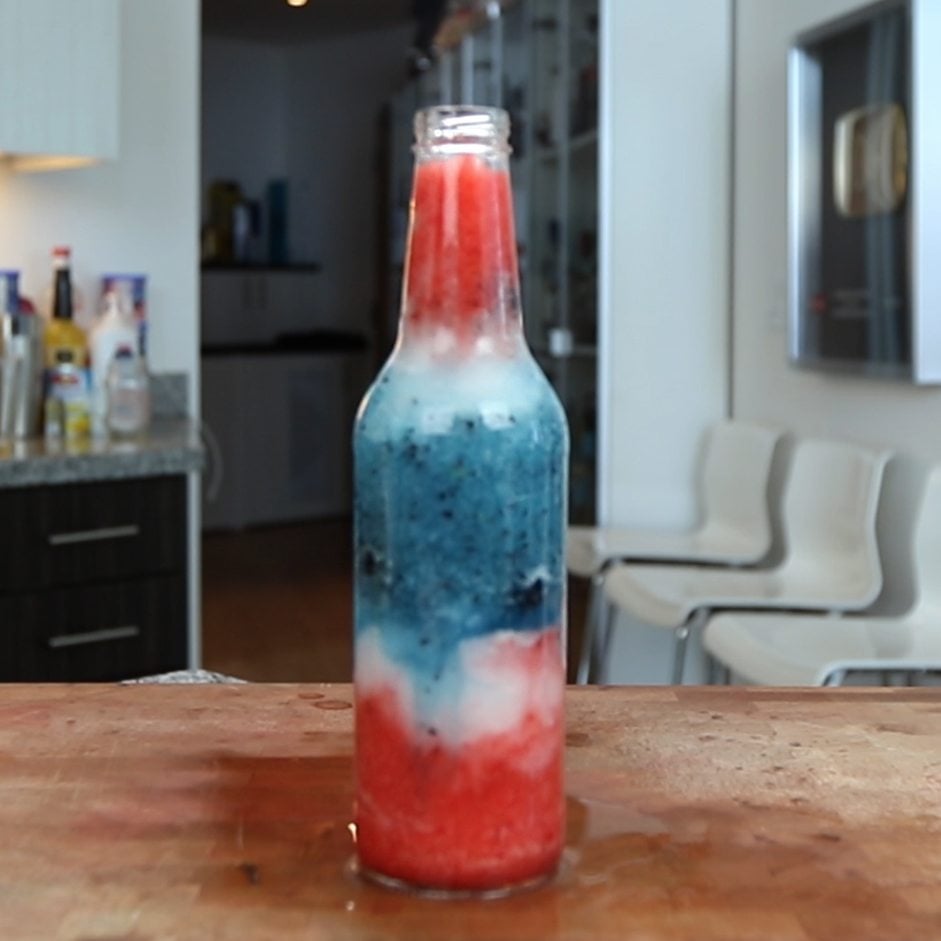
4th July In A Bottle
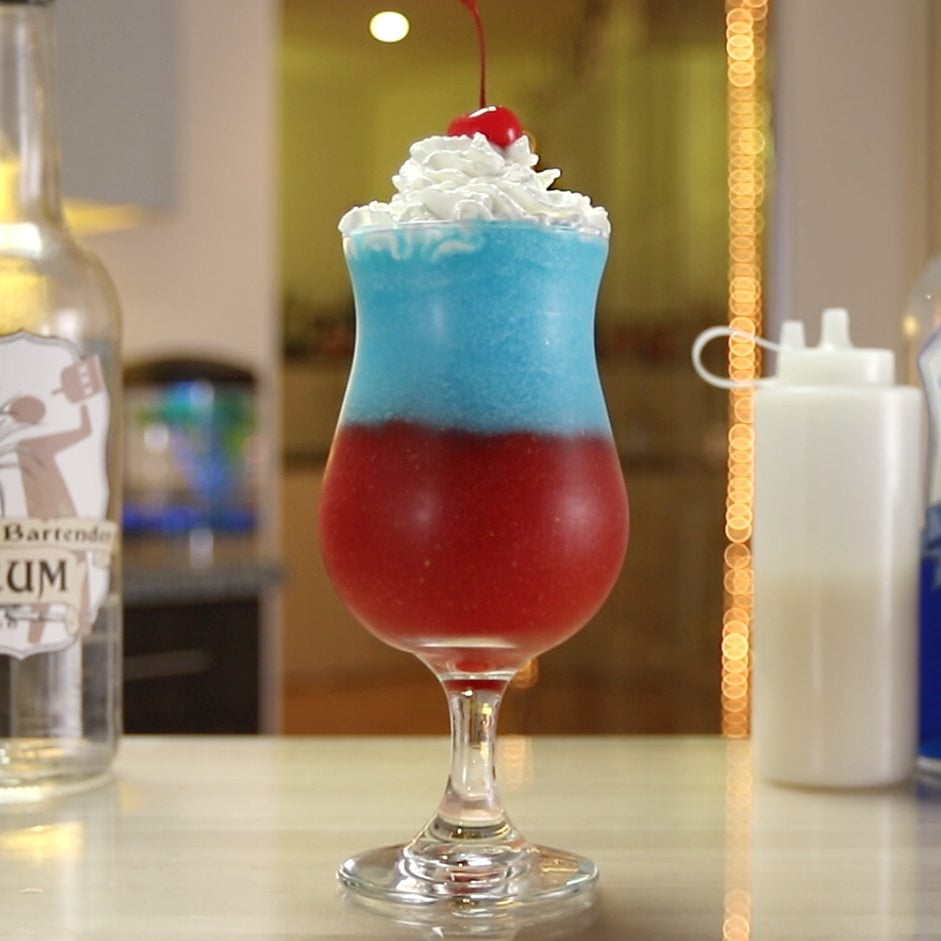
All American Daiquiri


